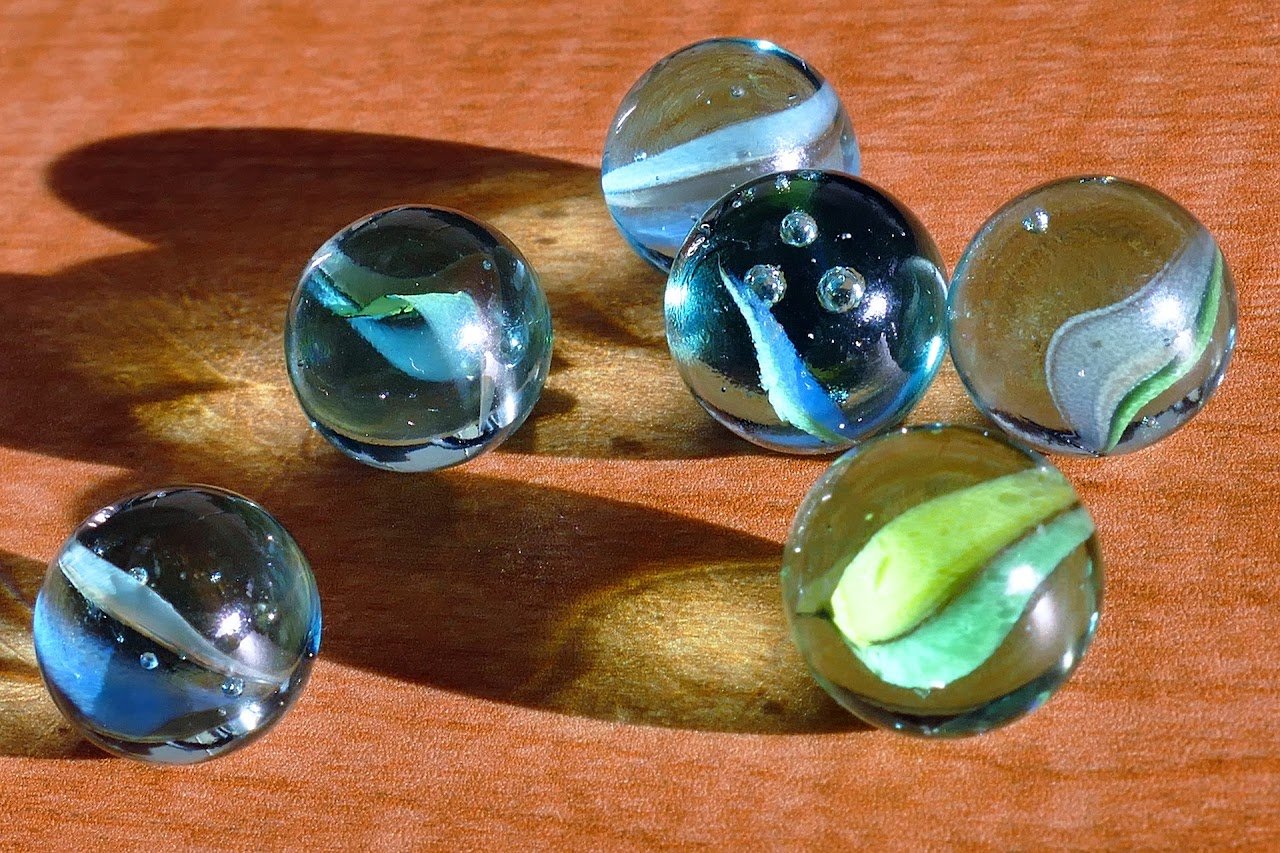Newton’s First and Second Laws Mini Unit Resources
Newton's 1st and 2nd Laws of Motion Mini Unit for NGSS MS-PS2-2
In the Newton's 1st and 2nd Laws of Motion mini unit, students play with toys to construct their own understanding of force and motion! Then, they use the PhET simulations Balancing Act and Force and Motion to increase their knowledge of Newton's first and second laws. Kids then plan and carry out their own investigation to answer the question “How do mass and force affect an object’s motion?” Extension activities offer students a choice based on Howard Gardner's eight intelligences. They can draw a world without friction, research a friction-reducing animal or demonstrate how friction helps (or hurts) when playing a sport!
Tips and Tricks: Collect toys from your own house, garage sales, thrift stores and your phy ed department. Balls of different sizes, marbles, toy cars, ramps and dominoes are great toys to start with. Encourage kids to really just play for at least one class period - this will be difficult for some of them! The Playful Learning Lab at the University of St. Thomas is an excellent example of learning through play.
Remind students that they've been observing Newton's Laws their whole lives! This quick clip demonstrates inertia - the baby is at rest and stays at rest! All kids are doing now is applying scientific language to everyday situations.
As students design their final investigation, point out that they are really designing two different experiments: One to test the effect of force on an object's motion and one to test the effect of mass on an object's motion.
Extension Activity: Here is a thorough review of the Theory of Multiple Intelligences in Simply Psychology as you support students with their extension projects. The article includes a link to an easy-to-understand four minute video that can be shared with students.
For more ways to include learning with Multiple Intelligences in your classroom as well as a simple quiz for students to take to determine their top intelligences, check out our Multiple Intelligences Book Project.
Enrichment Ideas: Challenge kids to learn about and explain the physics behind fidget spinners. Here is a great Interesting Engineering article to help them get started!
Anchor Phenomenon Ideas: We've found the best way to anchor this topic and make it relevant to kids is to jump into playing with toys! As students work though question two in their packet, ask them to share questions they come up with. Create a giant list of questions for the class and help students make connections throughout your unit.

